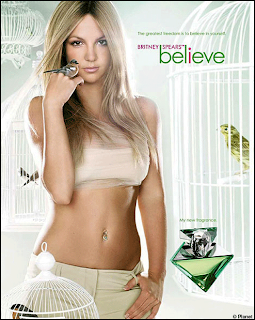1200 children were a part of this survey, 300 from each race: African-american, Asian, Latino and White. The children says that the perfect TV show would have different cultures, different religions and different races in it. One of the surveys show that Latinos watch Music Videos more frequently then they watch sitcoms or cartoons.
Michael Jordan and Will Smith were listed as favorites by all four races. The races which are shown least on televison are Latinos and Asians. Latinos are also more likely to be portrayed in a negative manner on TV whilst White people are more likely to be shown in a positive manner.
White people have some stereotypical qualitys on televison which are that they have money, are well educated, are good leaders, they're doing well in school and are intelligent. The typical qualitys of minority groups are the opposite, they break the law, have a hard time financially, are lazy and act goofy.
African-amercian and Latinos are according to the children portrayed more negativley on the news than White people. A survey regarding newscasters and race show that the children thinks there are enough white newscasters but not enough African-amercians, Latinos nor Asian.

